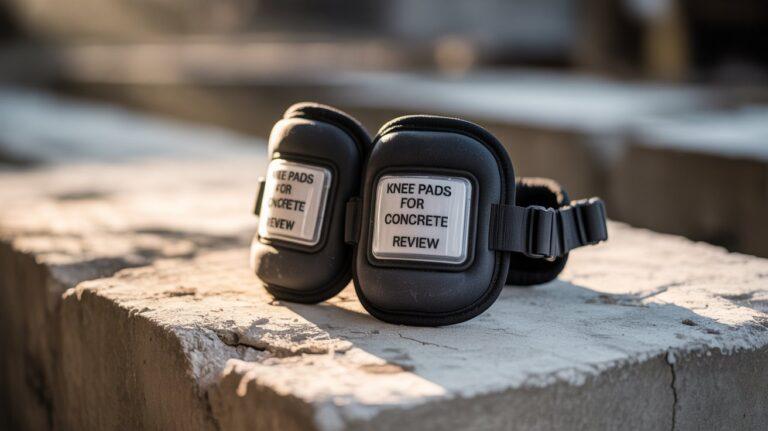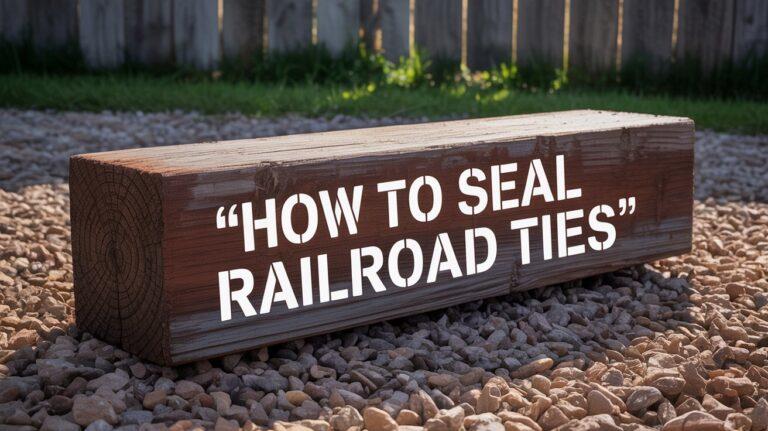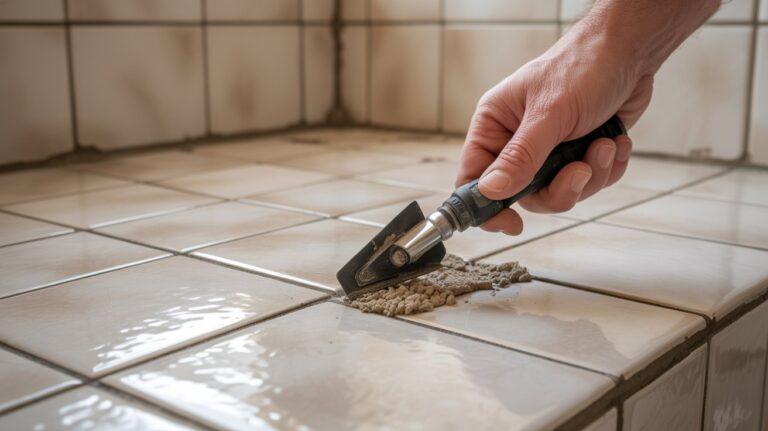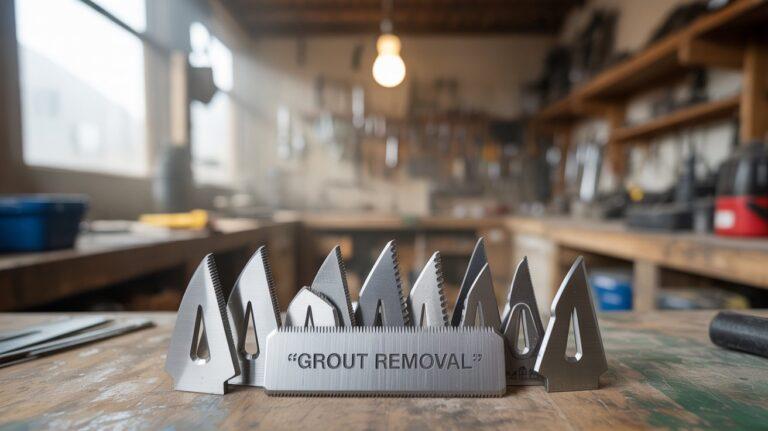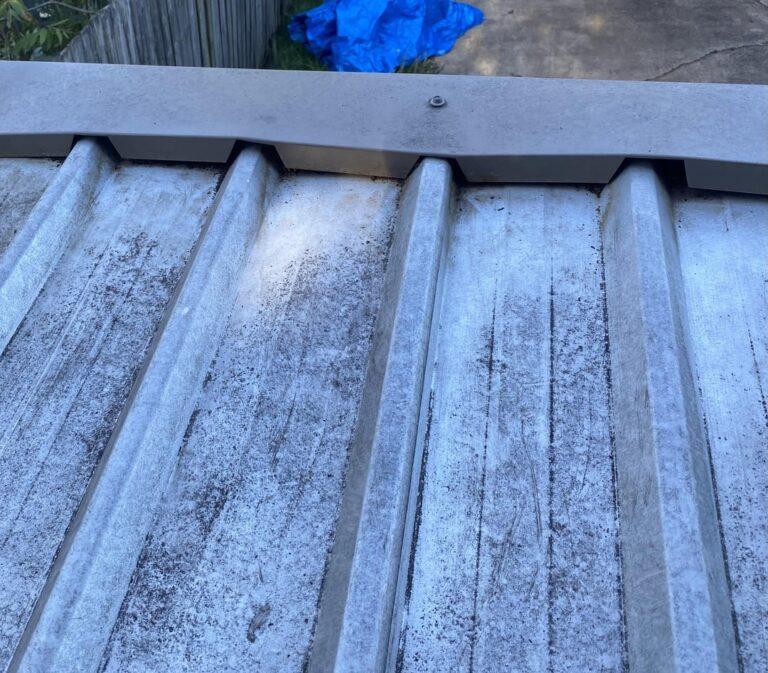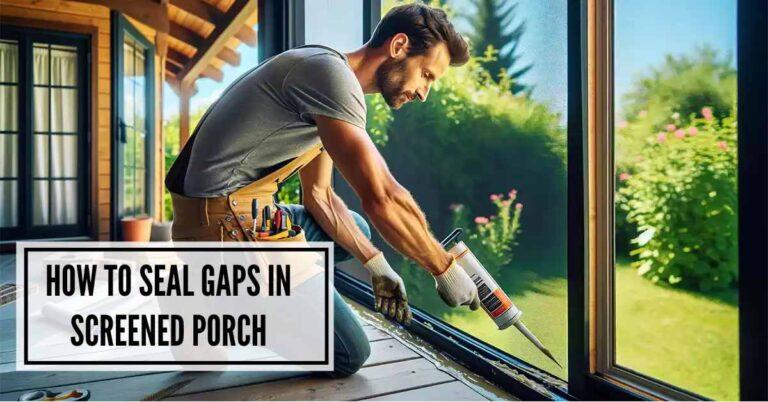6 Steps DIY Guide for Homeowners: How to Seal Gable Vents Effectively
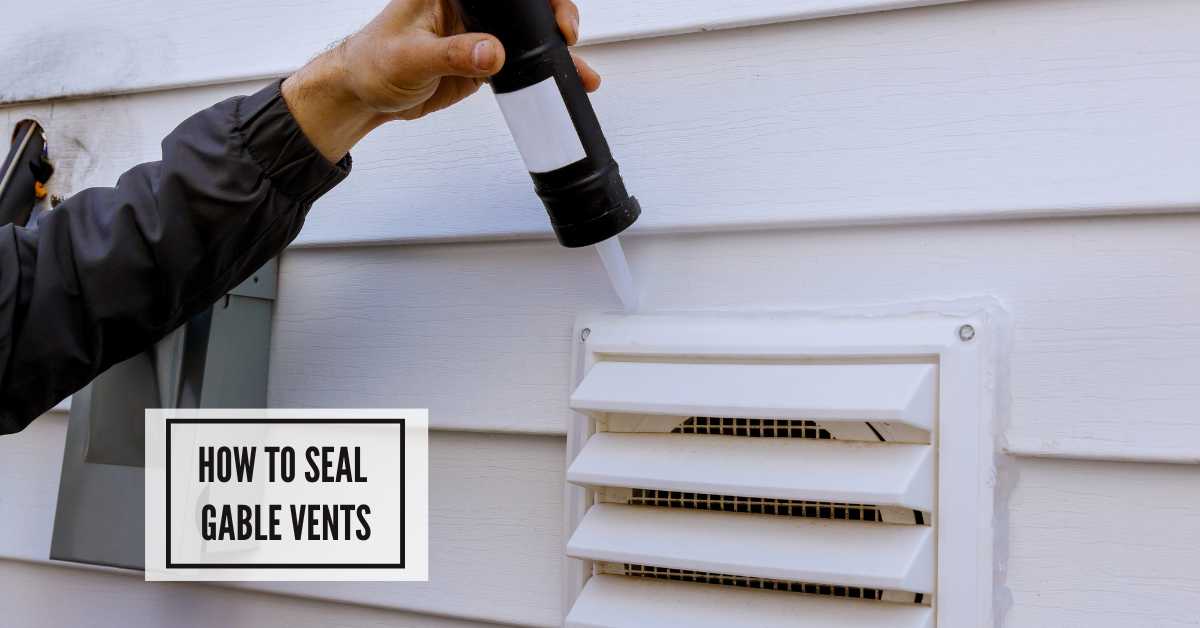
First, measure the gaps or openings of gable vents. Cut the plywood boards properly. Then, install the boards and seal their edges with a weatherproof siding caulk. If there are still any tiny holes, apply self-adhesive weatherstripping to ensure a tight seal.
Appropriately sealing the gable vents will prevent moisture and pests from getting inside. It will help you maintain indoor air quality and a comfortable indoor environment. If you are wondering how to seal gable vents, don’t miss this blog post till you reach the bottom!
6 Essential Steps to Sealing Gable Vents
Is windblown snow or rain entering your house through the gaps around your gable vents?
Sealing the gaps around the gable vents is necessary to prevent air leakage, moisture issues, and ice dams. Otherwise, water vapor will cause different bad things inside your home.
Of course, you want to seal the vents after adding a ridge vent. Also, you can pair gable vents with soffit ventilation for optimal ventilation and prevent problems related to dampness.
The following guide will walk you through the best way to seal a gable vent. Let’s dive in without further ado!
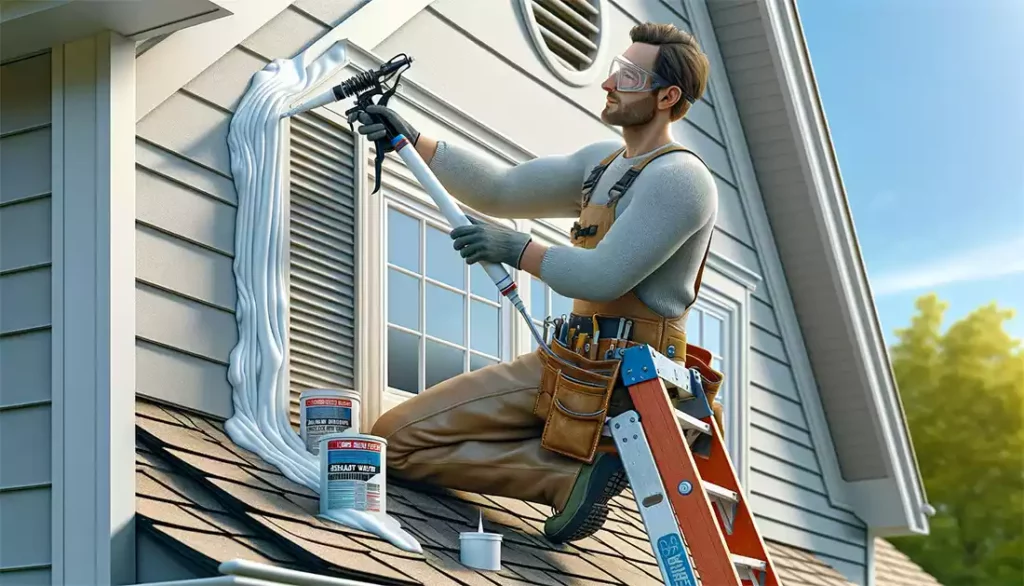
Step: 01— Measure The Gable Vent’ Gaps
Measure the dimensions of the gaps to seal around the gable vent accurately. Use a measuring tape to correctly quantify the width and height of all four sides.
Some people may prefer sealing more than the gaps. But it will disrupt the natural airflow that gets inside and moves outside.
You need to seal off the openings around the gable vents. Otherwise, living in cold and warm temperatures will be uncomfortable.
Step: 02— Cut Plywood Boards
Grab a handsaw or circular saw and place the plywood sheet on the floor with full support.
Make sure to fit the saw with an appropriate blade for better control and precision. Also, keep the good side of the saw down to cut cleanly on all sides.
Cut the insulation plywood boards along the desired cut line per the measurements you took in the first step. Precise cuts are a must to ensure a tight fit.
Step: 03— Install the Plywood Boards
Place the already cut plywood boards on the wooden frames of the gable. Make sure they snuggly fit on the opening of the gable vents.
If it doesn’t fit properly, you can use a hammer. Use screws with washers to secure the boards in place and protect the surface from damage during installation.
Make sure to place screws along the edges and corners to keep the plywood securely fastened. It will prevent wood splitting and misalignment.
But don’t keep it too close to the edges. Otherwise, the edges will crumble. You want to maintain the standard distance.
Step: 04— Seal Edges with Caulk
Apply a weatherproof siding caulk around the edges of the plywood boards. You will able to achieve a tighter seal. Moisture and drafts have a minimum to get inside your home.
Maintain gradual, uniform motions to create a clean line. Use a caulk gun to ensure a consistent flow of the caulking solution.
Smooth the caulk with a caulk finishing tool to achieve a smooth finish and professional appearance. You won’t have to worry about bumpy, uneven surfaces.
Your finger can do the job if you are confident enough. But it will be a bit time-consuming. Allow the caulk to dry appropriately based on the manufacturer’s recommendation.
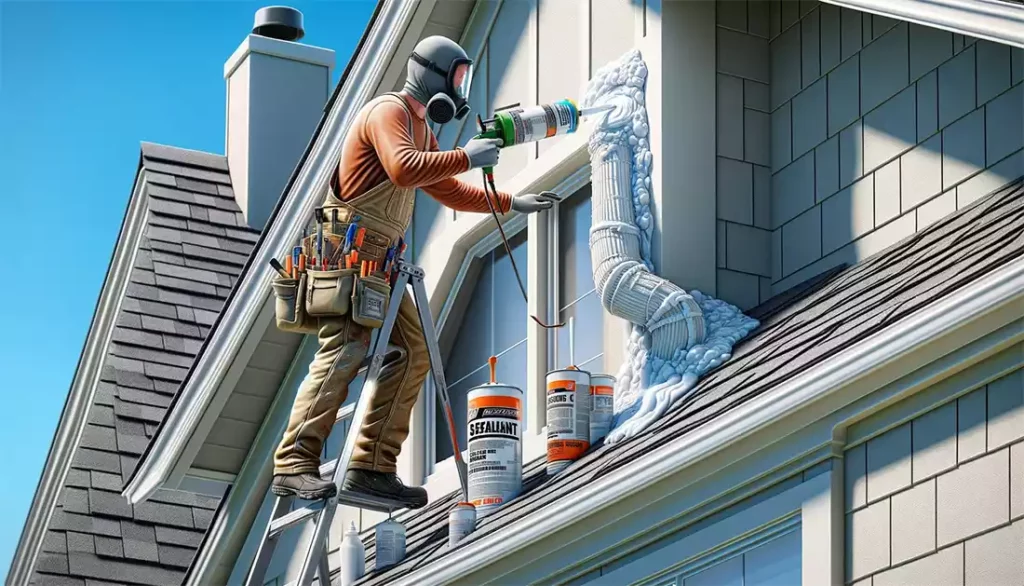
Step: 05— Apply Weather-stripping (Optional)
Are you still seeing any tiny gaps around the frames of gable vents? If so, you can apply weatherstripping to seal those gaps.
Cut the self-adhesive weatherstripping to size and apply it along the edges of the plywood boards to ensure a tight seal.
Alternatively, you can apply a small amount of spray polyurethane foam to seal the gaps and create an airtight barrier.
Step: 06— Paint The Gable Vents (Optional)
Are you sealing the old gable vent? Painting the gable vents will add a finished and clean look.
Of course, you want to choose a color that matches your house’s exterior. Blue, Morning Sky Gray, Sunny Maize, White, Tan, etc., are the top choices for gable vents.
An exterior-grade paint is a better choice to provide additional protection against the elements.
What To Use To Seal Gable Vents?
You have many options when sealing the gaps or openings around the gable vents.
Some people may prefer to use expanded foam sealant, backer rods, aluminum or metal mesh, etc. But they are not the best choice due to some limitations.
These two options are the best solution for sealing gable vents perfectly.
Plastic Sheeting
If you want a shortcut solution, covering up the interior of the gable vents with plastic sheeting is the best choice.
However, replacing the plastic sheeting after 1-2 years is necessary. It is a short-term solution.
Cut the plastic sheeting precisely with a cutting tool based on the side gaps of the gable vents. Then, use duct tape to secure the position of the plastic sheet.
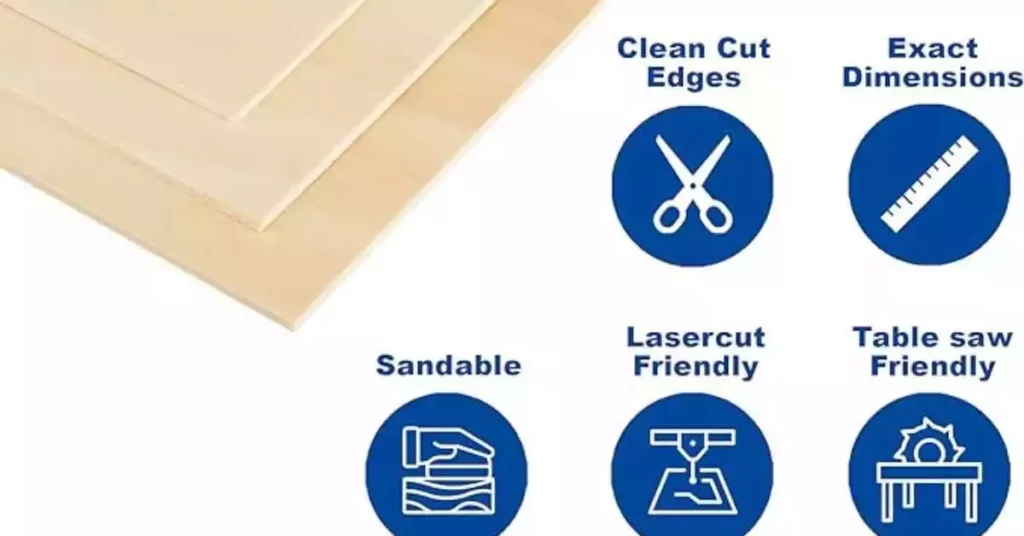
You can choose Norkan Plastic Sheeting. This high-quality plastic sheeting is transparent. It is made of strong, clear, low-density polyethylene to block moisture and air.
Solid Wood Or Plywood Boards
You can seal a gable vent from the outside when providing a long-lasting solution.
You can use solid wood or plywood boards. A few boards might be already in your home. They don’t need too much. 1.5 mm thickness is enough.
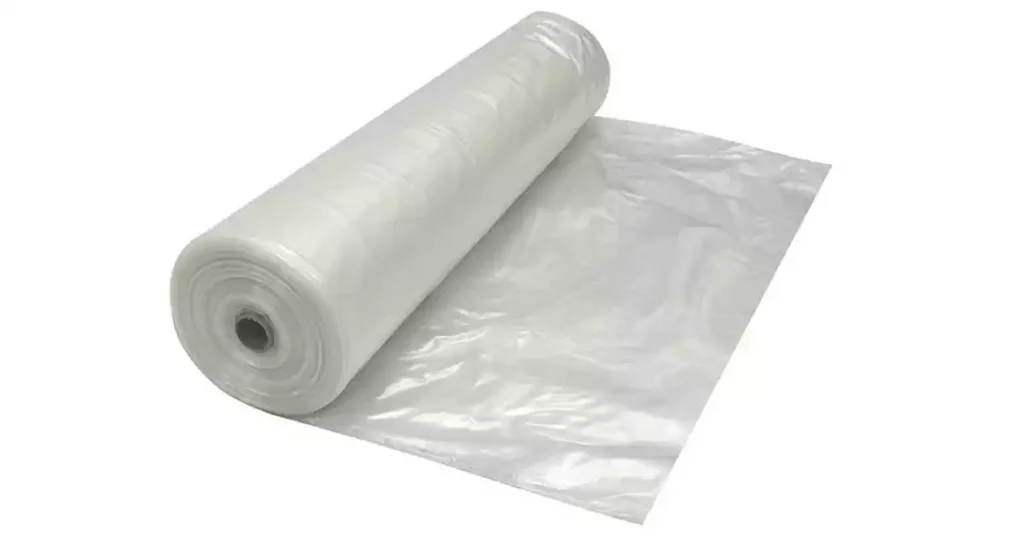
If you don’t have any, order them from Craftiff Store. These smooth and polished plywood boards have A/A grade grain classifications to ensure long-lasting durability.
FAQ’s
Can I seal gable vents myself?
Yes, with the right materials and guidance, it’s a doable DIY project.
What type of sealant should I use for gable vents?
Choose an exterior-grade sealant compatible with your vent material.
How often should I inspect my sealed gable vents?
Annually, to ensure the integrity of the seal.
Can sealing gable vents affect my home’s ventilation?
Properly done, it shouldn’t negatively impact overall ventilation.
Is it necessary to clean the vents before sealing?
Yes, for the best adherence and effectiveness of the sealant.
Final Words
Sealing off the gaps around the gable vents may warm the attic’s interior temperature. You can install an attic fan to keep your attic cool and dry and blow hot and humid air out of the attic during those hot summer months.
Now, you know the procedure of how to seal gable vents. If you use plastic sheeting, reseal it after 1-2 years. But solid wood or plywood boards will go a long way. Let me know if you use any other product to seal the gaps around gable vents.

I am Robert Sandin, a professional sealing expert with a diverse range of expertise. From concrete to various other materials, I possess in-depth knowledge and experience in the art of sealing. On my website, I offer valuable tips and expert recommendations on sealing techniques and products for different materials. Whether it’s concrete, wood, metal, or more, I am committed to providing you with the guidance you need for successful sealing projects.

